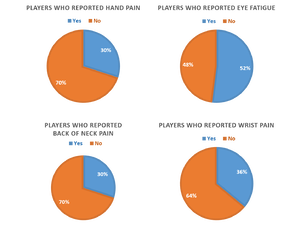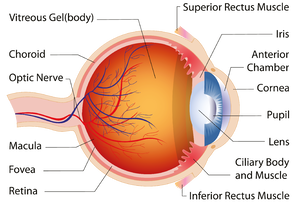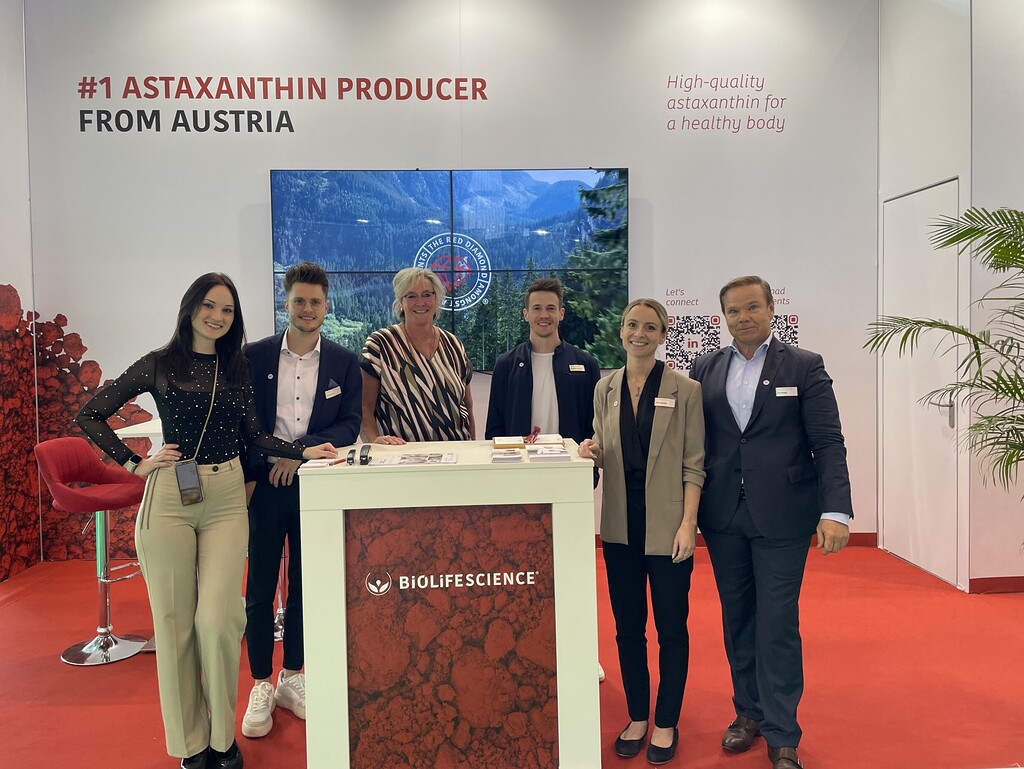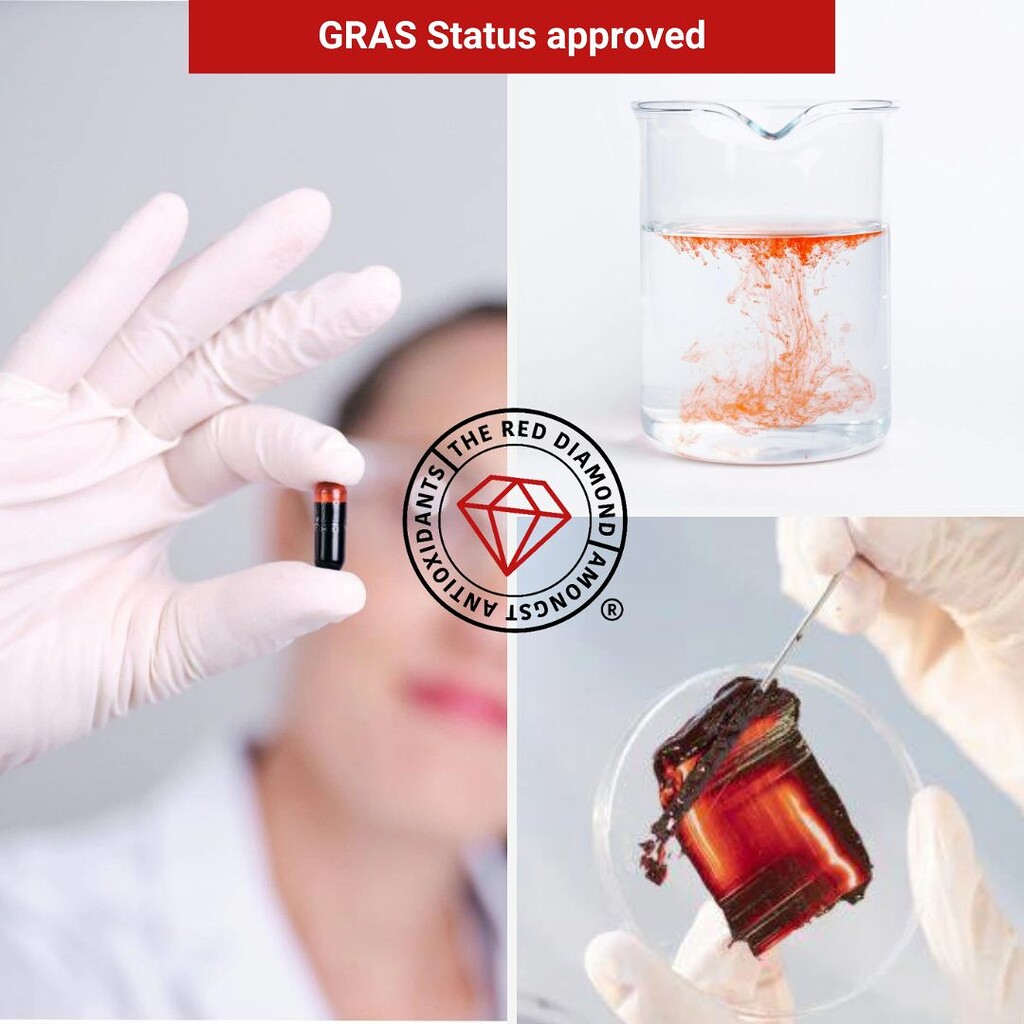Supplementing health for eSport athletes
Abstract
Professional video gaming, also known as eSports, has gained popularity at a rapid pace in recent years and became a billion-dollar business. Professional eSport competitions are on the rise and enjoy a rapidly growing number of viewers around the world, playing an increasingly important role in the sports industry. Quick reaction, good hand-eye coordination, and the ability to remain highly focused for many hours are essential skills to success as a professional gamer. Similar to other traditional competitive sports, athletes train many hours a day, increasing the risk of overuse injuries. Common complaints reported by eSports players include eye fatigue (asthenopia), neck and back pain, hand and wrist injuries. Despite the increasing popularity, eSports and the health risks associated with playing video games have received little attention in scientific research. Only a few studies on gamers health and possibilities for preventing overuse injuries have been conducted to date (1).

Figure 1: Common complaints reported by eSport players [1]
Blue light exposure affects oxidative stress levels and causes eye fatigue
ESports players typically spend many hours per day in front of screens heavily illuminated with LEDs. Recent research suggests that overexposure to LEDs artificial blue light, most harmful from 400 nm to 495 nm, has a negative impact on our bodies and especially on the eyes. Due to its energy emission and short wavelength, it easily reaches the retina, inducing retinal damage and photoreceptor degeneration. Blue light has been shown to increase the production of highly reactive oxygen species (ROS), leading to „oxidative stress“ by disrupting the oxidative balance of cells. Damage to molecular structures and inflammatory reactions are the result. ROS-induced oxidative stress and associated inflammatory reactions are responsible for light-induced photochemical injury in retinal or corneal epithelial cells by peroxidation of DNA, lipids, proteins and carbohydrates (2), (3).

Figure 2: The powerful carotenoid of astaxanthin protects eyes from oxidative damage.
In addition, high-energy and short-wavelength blue light causes light rays to scatter, leading to increased flicker and glare. During a long computer session, the ciliary muscle around the lens must contract strongly to focus on the screen due to the high-energy blue light. With increasing duration of daily screen work, the accommodative power of the ciliary body, which controls lens refraction, is impaired. Blurred vision, eyestrain and fatigue (asthenopia), accompanied by inflammation, are the result. Symptoms of eye fatigue include red, light sensitive, painful, irritated, burning, sore and dry eyes, visual disturbances, headaches, stiff shoulders and neck pain. Another known effect is sleep disturbances due to the disruption of the circadian rhythm, which affects personal well-being and the ability to concentrate and perform (4), (5), (6). Professional gamers, who spend an above average amount of time in front of computer screens, often experience problems with rapidly fatiguing eyes and difficulty focusing or accommodating.
How to protect athletes from blue light induced damage? Technological and natural defence systems
Anti-glare filters for computer monitors or wearable technologies such as special gaming glasses are some technological options to reduce blue light hazards (4), (7). However, there are natural options too.
As in other competitive sports, nutrition can make an important contribution to professional video gamer’s health and performance. The human organism has natural defence systems to maintain oxidative balance and protect itself from ROS induced negative effects. The ocular surface is equipped with a number of different antioxidants like lutein that prevent the formation of free radicals generated by exposure to short-wave blue light. They act as a buffer system, neutralising ROS to maintain the overall cellular redox balance in the eye (8). The effective reduction of oxidative damage caused by free radicals through the supplementation of antioxidants has already been scientifically proven (3), (8). An adequate supply of antioxidants in the diet supports the body’s own defence systems and promotes the maintenance of oxidative balance.
dietary supplementation with the natural antioxidants astaxanthin has shown to support the maintenance of good visual performance, even if the substance is naturally not occurring in human eyes. Astaxanthin is one of the few ingredients that similar to lutein can cross the blood-brain barrier and therefore deposit in the retina, providing antioxidant and anti-inflammatory protection to the eyes (9), (10).
The red diamond
Astaxanthin, the most potent natural antioxidant, belongs to the carotenoid family, more precisely to the xanthophylls. In nature it is found in photosynthetic organisms such as bacteria, algae, and yeasts. The highest concentrations of natural astaxanthin can be obtained from the freshwater microalgae Haematococcus pluvialis, providing the best bioavailability.
Due to its enormous antioxidant power, astaxanthin is considered the red diamond among radical scavengers. For example, it is 6,000 times stronger than vitamin C in neutralising singlet oxygen, and yet, unlike other antioxidants, it is non-prooxidative due to its unique molecular structure. This means astaxanthin neutralizes free radicals without forming such radicals itself. In general, antioxidants such as astaxanthin act against oxidative stress, and protect the human organism from inflammations and their consequences during stressful periods (11), (12).
Focus on the essentials – benefits of an astaxanthin supplementation for eSports athlete’s health
The positive effect of astaxanthin on eye health and visual function has already been verified in several clinical studies. The powerful carotenoid protects eyes from oxidative damage by declining ROS levels and other biomarkers for oxidative stress and thereby inhibits cell apoptosis and promotes cell survival as well as the ability of ciliary muscles to focus. It was shown that an astaxanthin supplementation counteracts eye fatigue, eye irritation and blurred vision by quenching cellular inflammation that occurs with prolonged visual stress and ciliary muscle tension (2), (6), (13). In a study on sports vision, a 46% improvement in depth perception was observed after subjects took 6 mg of astaxanthin for 4 weeks. A further placebo-controlled study showed, that an astaxanthin supplementation of again 6 mg for 4 weeks significantly reduced symptoms associated with asthenopia such as dry, irritated, tired eyes and blurred vision, compared to the control group (6).
Additional clinical studies have shown that astaxanthin can improve capillary blood circulation in the eyes and thus combat the development of ocular diseases. Blood flow to the retina is a prerequisite for vision, as it is the basis for the eye’s internal balance. Low quality of antioxidant capacity of blood and blood fluid can lead to disruption of capillary circulation of the eye (14).
In South Korea and Canada, there are approved health claims for astaxanthin, “supports eye health“ and „helps with eye fatigue„, that highlight the efficacy of the ingredient for eye health (15).
Due to its anti-inflammatory and antioxidative effects as well as its capability to cross the blood-brain barrier, a number of clinical studies also suggest that natural astaxanthin supplementation helps brain and cognitive health and reduces mental fatigue on stressful days (16) – (19). As reactive free radicals and inflammation are responsible for degenerative processes throughout the entire body, powerful antioxidants such as astaxanthin have a wide range of applications. That’s why there are many clinical trials focusing on a wide range of topics from cardiovascular disease, brain and eye health, immune system support, anti-ageing and healthy ageing (9), (11).
Supplementation of astaxanthin in eSports can therefore not only make a significant contribution to eye health and vision, but also maintain the overall oxidative balance and thus inhibit inflammation in the entire body in order to improve general well-being and performance. The intake of natural astaxanthin can contribute to improved cognitive performance, reduced mental fatigue and better physical performance in eSports athletes.
References
(1) J. Difrancisco-Donoghue, J. Balentine, G. Schmidt, and H. Zwibel, “Managing the health of the eSport athlete: An integrated health management model,” BMJ Open Sport and Exercise Medicine, vol. 5, no. 1. 2019, doi: 10.1136/bmjsem-2018-000467.
(2) C. W. Lin, C. M. Yang, and C. H. Yang, “Protective effect of astaxanthin on blue light light-emitting diode-induced retinal cell damage via free radical scavenging and activation of PI3K/Akt/Nrf2 pathway in 661W cell model,” Mar. Drugs, vol. 18, no. 8, pp. 1–16, 2020, doi: 10.3390/MD18080387.
(3) Z. C. Zhao, Y. Zhou, G. Tan, and J. Li, “Research progress about the effect and prevention of blue light on eyes,” Int. J. Ophthalmol., vol. 11, no. 12, pp. 1999–2003, 2018, doi: 10.18240/ijo.2018.12.20.
(4) M. Rosenfield and M. R. Mcoptom, “Computer vision syndrome (a.k.a. digital eye strain),” Optom. Pract., vol. 17, no. February, pp. 1–10, 2016, [Online]. Available: https://www.researchgate.net/publication/295902618_Computer_vision_syndrome_aka_digital_eye_strain%0Ahttps://www.researchgate.net/publication/295902618.
(5) K. Slaveykov, K. Trifonova, V. Stoyanov, and S. Valkanov, “Effects of computer use on eye complaints,” Med. Biol. Stud. Clin. Stud. Soc. Med. Heal. CARE, vol. 7, no. 1, pp. 149–200, 2017.
(6) Jingzhou Natural Astaxanthin Inc., “Astaxanthin for Eye Health,” 2008.
(7) Y. Saito, H. Isogai, and D. Takahashi, “Effects of gaming glasses on the autonomic nervous system while playing e-Sports,” vol. 16, no. December, pp. 18–19, 2021, doi: 10.14198/jhse.2021.16.proc2.53.
(8) Y. C. Chen, G. Metha, and V. Vasiliou, “Antioxidant Defenses in the Ocular Surface,” Natl. Institutes Heal. (NIH), Ocul Surf. Author manuscript; available PMC 2014 July 21., vol. 7, no. 4, pp. 176–185, 2009.
(9) B. Capelli and G. Cysewski, ASTAXANTHIN Natural Astaxanthin : King of the Carotenoids. Published by Cyanotech Corporation. 2007.
(10) M. Guerin, M. E. Huntley, and M. Olaizola, “Haematococcus astaxanthin: Applications for human health and nutrition,” Trends Biotechnol., vol. 21, no. 5, pp. 210–216, 2003, doi: 10.1016/S0167-7799(03)00078-7.
(11) R. R. Ambati, P. S. Moi, S. Ravi, and R. G. Aswathanarayana, “Astaxanthin: Sources, extraction, stability, biological activities and its commercial applications – A review,” Mar. Drugs, vol. 12, no. 1, pp. 128–152, 2014, doi: 10.3390/md12010128.
(12) U. Gröber, Mikronährstoffe: Metabolic Tuning-Prävention-Therapie, 3rd ed. Stuttgart: Wissenschaftliche Verlagsgesellschaft, 2011.
(13) G. Giannaccare, M. Pellegrini, C. Senni, F. Bernabei, V. Scorcia, and A. F. G. Cicero, “Clinical applications of astaxanthin in the treatment of ocular diseases: Emerging insights,” Marine Drugs, vol. 18, no. 5. MDPI AG, May 01, 2020, doi: 10.3390/md18050239.
(14) M. Saito et al., “Astaxanthin increases choroidal blood flow velocity,” Graefe’s Arch. Clin. Exp. Ophthalmol., vol. 250, no. 2, pp. 239–245, 2012, doi: 10.1007/s00417-011-1843-1.
(15) T. Brendler and E. M. Williamson, “Astaxanthin: How much is too much? A safety review,” Phyther. Res., vol. 33, no. 12, pp. 3090–3111, 2019, doi: 10.1002/ptr.6514.
(16) S. O. Rahman et al., “Neuroprotective role of astaxanthin in hippocampal insulin resistance induced by Aβ peptides in animal model of Alzheimer’s disease,” Biomed. Pharmacother., vol. 110, pp. 47–58, Feb. 2019, doi: 10.1016/j.biopha.2018.11.043.
(17) X. Jiang et al., “Trans-astaxanthin attenuates lipopolysaccharide-induced neuroinflammation and depressive-like behavior in mice,” Brain Res., vol. 1649, pp. 30–37, Oct. 2016, doi: 10.1016/j.brainres.2016.08.029.
(18) S. Fakhri, I. Y. Aneva, M. H. Farzaei, and E. Sobarzo-Sánchez, “The neuroprotective effects of astaxanthin: Therapeutic targets and clinical perspective,” Molecules, vol. 24, no. 14. MDPI AG, Jul. 20, 2019, doi: 10.3390/molecules24142640.
(19) X. Ji et al., “Astaxanthin improves cognitive performance in mice following mild traumatic brain injury,” Brain Res., vol. 1659, pp. 88–95, Mar. 2017, doi: 10.1016/j.brainres.2016.12.031.

Elisabeth Willeit, MSc.
Elisabeth is Product Development Manager with a focus on Regulatory Affairs at BDI-BioLife Science. In addition to her degree in food product and process development at FH Joanneum, she has professional experience in the food industry. She works as an interface between sales, quality management and product development and deals with regulatory affair issues.


